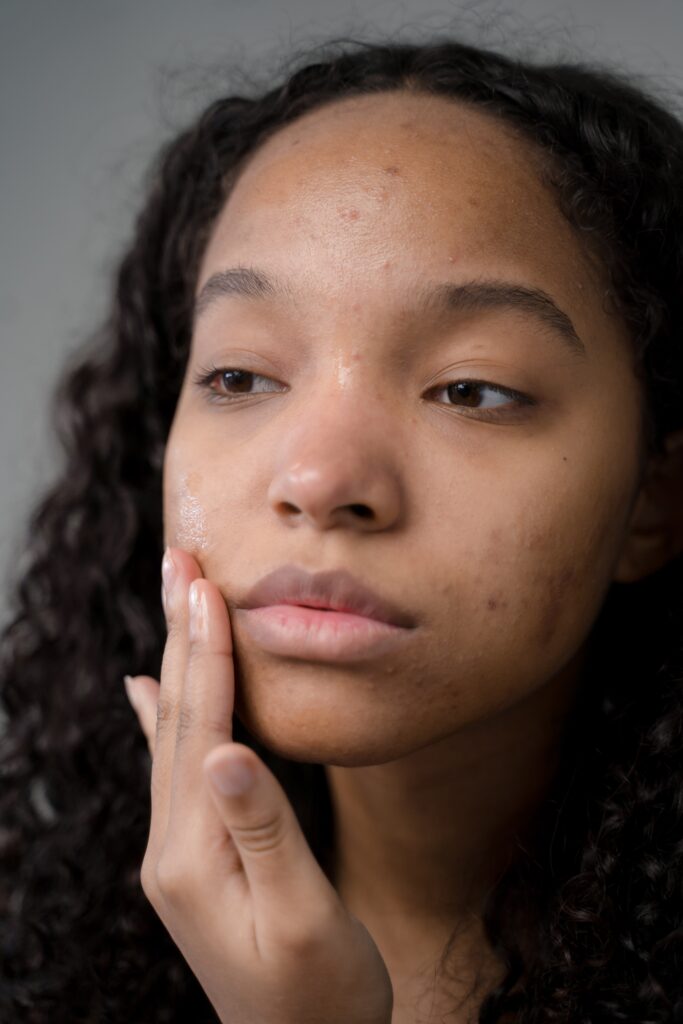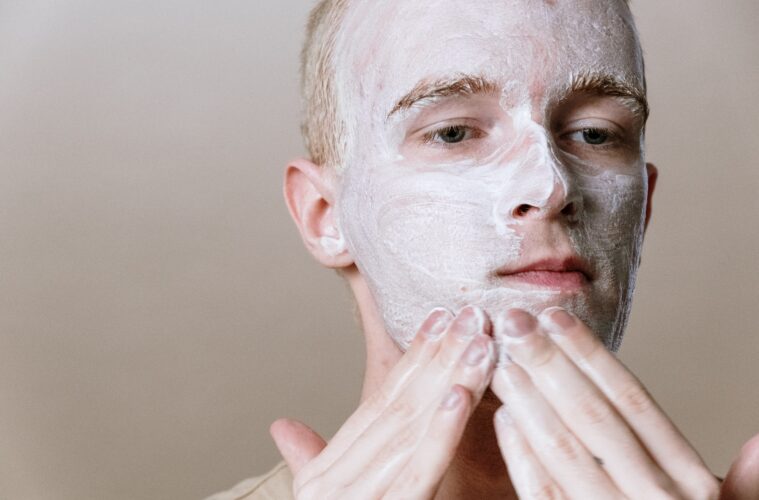While acne is a common skin condition among teenagers, it can affect people of all ages. The pimples, blackheads, and whiteheads of acne are caused by hair follicles getting clogged with dead skin cells and oil.
There are various causes of acne. Your diet could be one contributing factor.

A Low-glycemic Diet Could Reduce Acne Breakouts
Thankfully, people with acne can now get customized skincare products that will optimize their journeys to a better complexion. With a personalized acne treatment, you can fight the appearance of blemishes and breakouts for clearer and more flawless-looking skin.
But the right diet could also potentially help your acne.
For instance, several small studies have found that following a low-glycemic diet may reduce the amount of acne people get. That means eating low-glycemic foods like fresh fruits and vegetables and steel-cut oats.
The reason a low-glycemic diet could reduce acne is due to it eliminating spikes in blood sugar. When your blood sugar spikes, it can cause inflammation throughout your body and cause more sebum to be produced, which is an oily substance in your skin.
Both sebum and inflammation can result in the development of acne.
While several small studies have found a low-glycemic diet can lead to fewer acne breakouts, more research is needed to prove it. Still, if you suffer from acne, it’s worth following a low-glycemic diet to find out whether it works for you.
Other Dietary Recommendations for Reducing Acne Development
There are other foods and nutrients that could help to keep skin clear. For instance, omega-3 fatty acids are anti-inflammatory and several studies show regular consumption could reduce the development of acne.
Others that could help to reduce acne include:
- Green tea, which contains polyphenols that are related to reduced inflammation and lower sebum production.
- Turmeric, which contains the anti-inflammatory polyphenol curcumin that can regulate blood sugar, improve sensitivity to insulin, and inhibit the growth of bacteria that leads to acne.
- Probiotics, which can reduce inflammation and lower the risk of acne formation.
Foods to Avoid
While low-glycemic foods and other foods and nutrients may help to improve acne breakouts, other foods could make acne worse.
For example, some studies show cow’s milk could be linked to an increase in acne. More studies need to be completed, and it isn’t yet precisely clear how milk could contribute to acne, but milk is known to increase insulin levels, independent of its effect on blood sugar, which could make acne worse.
Greasy fast food has often commonly been thought of as a contributor to the development of acne, and studies are starting to show that could be true. In particular, fast food like burgers, hot dogs, fries, and sodas could increase acne risk.
It is still unclear exactly why eating fast food could increase the risk of acne development, but some experts believe the food could affect gene expression and change hormone levels.
More studies need to be done, but one study, which involved more than 5,000 Chinese teenagers and young adults, found that high-fat diets were related to a 43% increase in the risk of acne development.
Gym goers and athletes often take whey protein supplements to aid performance, but because whey protein is rich in the amino acids of glutamine and leucine, skin cells grow and divide more quickly. In turn, that could result in the formation of acne.
Furthermore, the amino acids in whey protein stimulate the body to make higher levels of insulin, which is also believed to contribute to the development of acne.
Published by HOLR Magazine


